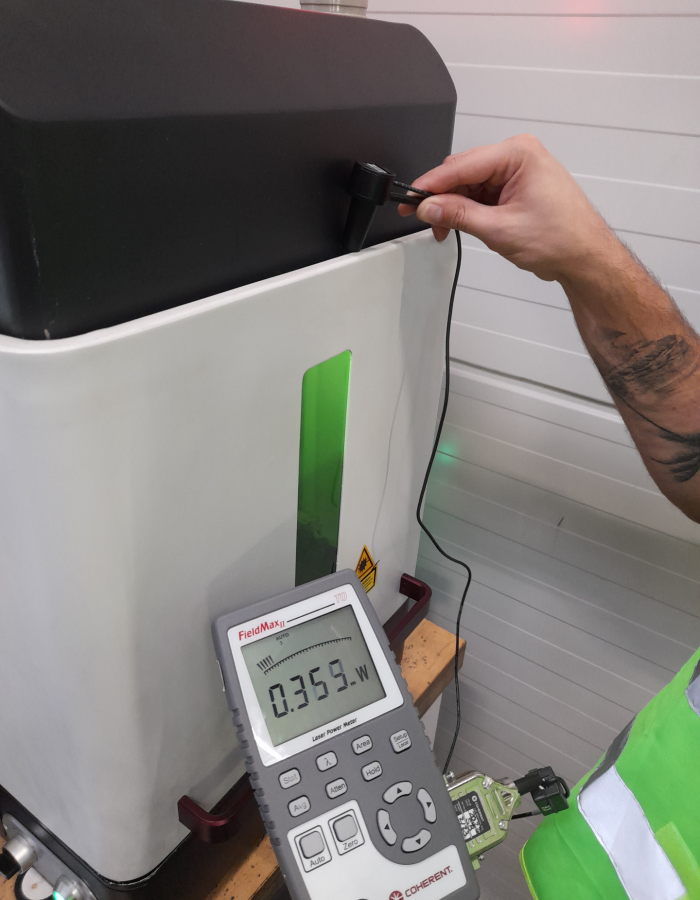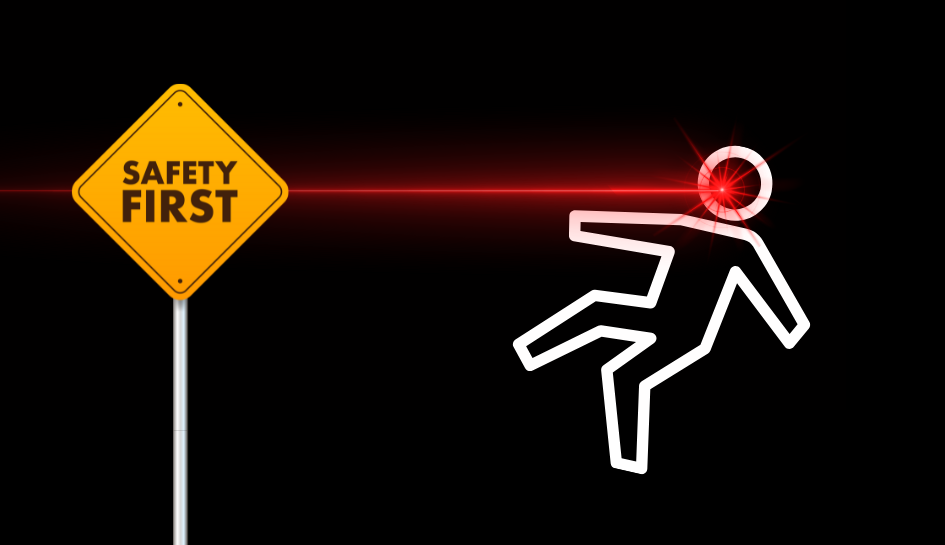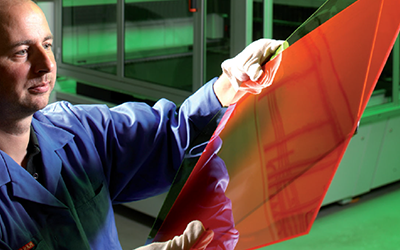Laser radiation has found wide application in many fields, from medicine to industry to science and technology. However, its versatility also brings challenges, especially in terms of safety. To minimize the risks associated with its use, regular measurements of laser radiation become crucial. In this article, we will discuss why laser radiation measurements are essential, how to implement them in accordance with current standards, and the benefits of performing them systematically.

Table of contents
Add a header to begin generating the table of contents
Why Do Laser Radiation Measurements?
Laser radiation measurements are designed to ensure the safety of those working with lasers and to protect equipment from damage. Laser radiation, while extremely useful, can be hazardous to health, causing damage to the eyes, skin and even leading to serious internal injuries from accidental contact with the laser beam.
European Standards and Directives
In Europe, laser radiation safety issues are regulated by a number of standards and directives. The most important document is Directive 2006/25/EC of the European Parliament and of the Council of April 5, 2006 concerning the minimum requirements for the protection of the health and safety of workers from the risks associated with physical agents (optical radiation).
The directive requires employers to assess the risks of optical radiation, including laser radiation, and take appropriate protective measures. In practice, this means regularly measuring laser radiation to ensure that its levels do not exceed acceptable safety standards.
How are Laser Radiation Measurements Made?
Laser radiation measurements are carried out using specialized equipment to accurately determine laser beam parameters such as power, energy, wavelength and spatial distribution. The process includes:
- Calibration of measurement equipment: Ensuring that measurement equipment is calibrated to the appropriate standards.
- Accurate workplace measurements: Taking measurements at various points to get a complete picture of the distribution of radiation in a given environment.
- Analyzing the results: Comparing the results obtained with acceptable standards to assess whether radiation levels are safe.

What are the Benefits of Regular Laser Radiation Measurements?
1. Worker safety:
Protecting the health and lives of those working with lasers by minimizing the risk of exposure to harmful radiation.
2 Compliance:
Spełnienie wymogów prawnych i uniknięcie potencjalnych sankcji za nieprzestrzeganie norm bezpieczeństwa.
3. Equipment protection:
Reduce the risk of damage to expensive laser equipment, resulting in lower operating costs.
4. Improving operational efficiency:
A better understanding of laser beam characteristics enables process optimization and increased productivity.

Laser radiation measurements are a key element in ensuring safety and efficiency in laser work. They make it possible to monitor and control radiation levels, which protects both people and equipment. Regular measurements, in accordance with current European standards and directives, bring benefits in the form of increased safety, regulatory compliance, and process optimization. That’s why it makes sense to invest in regular laser radiation measurements and consider them an integral part of risk management in any laser work environment.
Learn more about laser radiation hazards and workplace safety in the article “Laser Radiation – Hazards and Safety Principles“.



